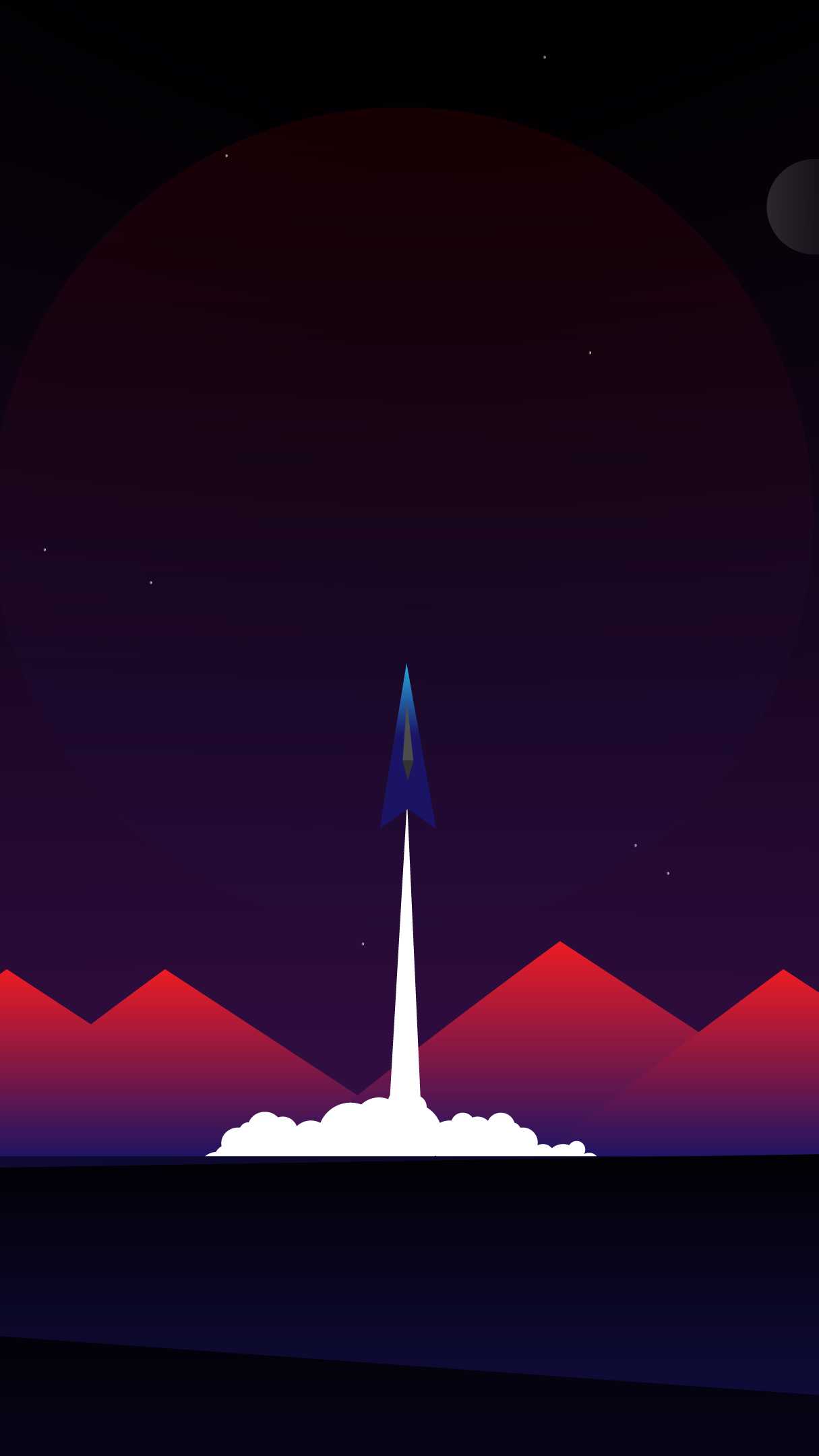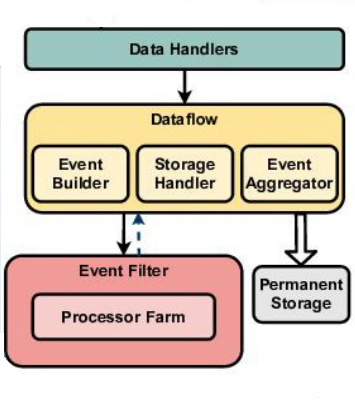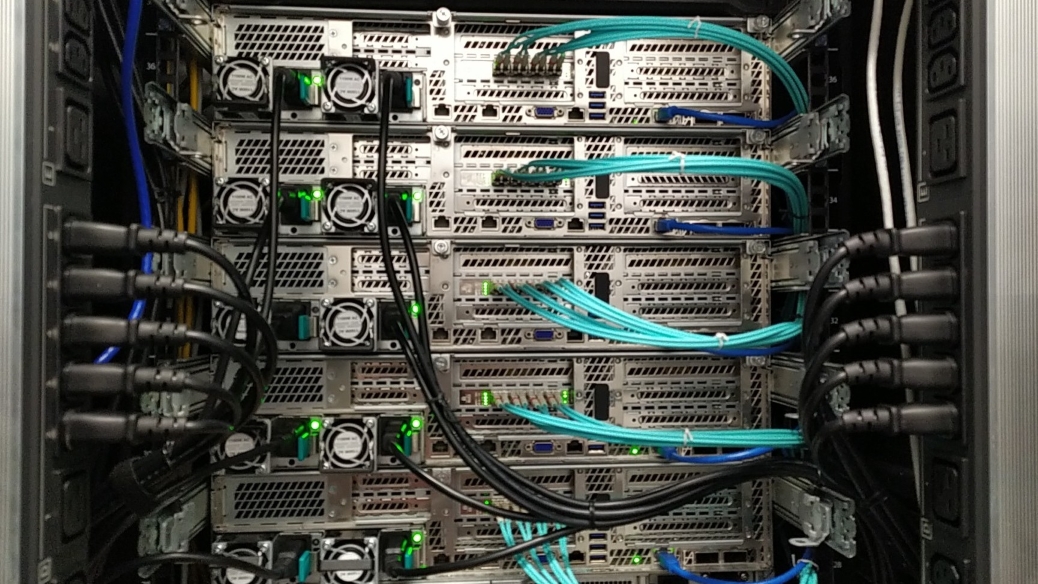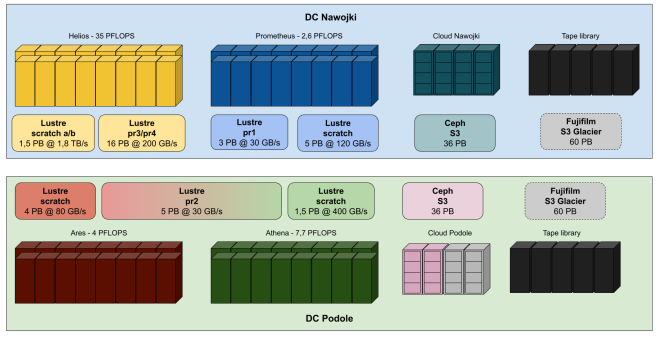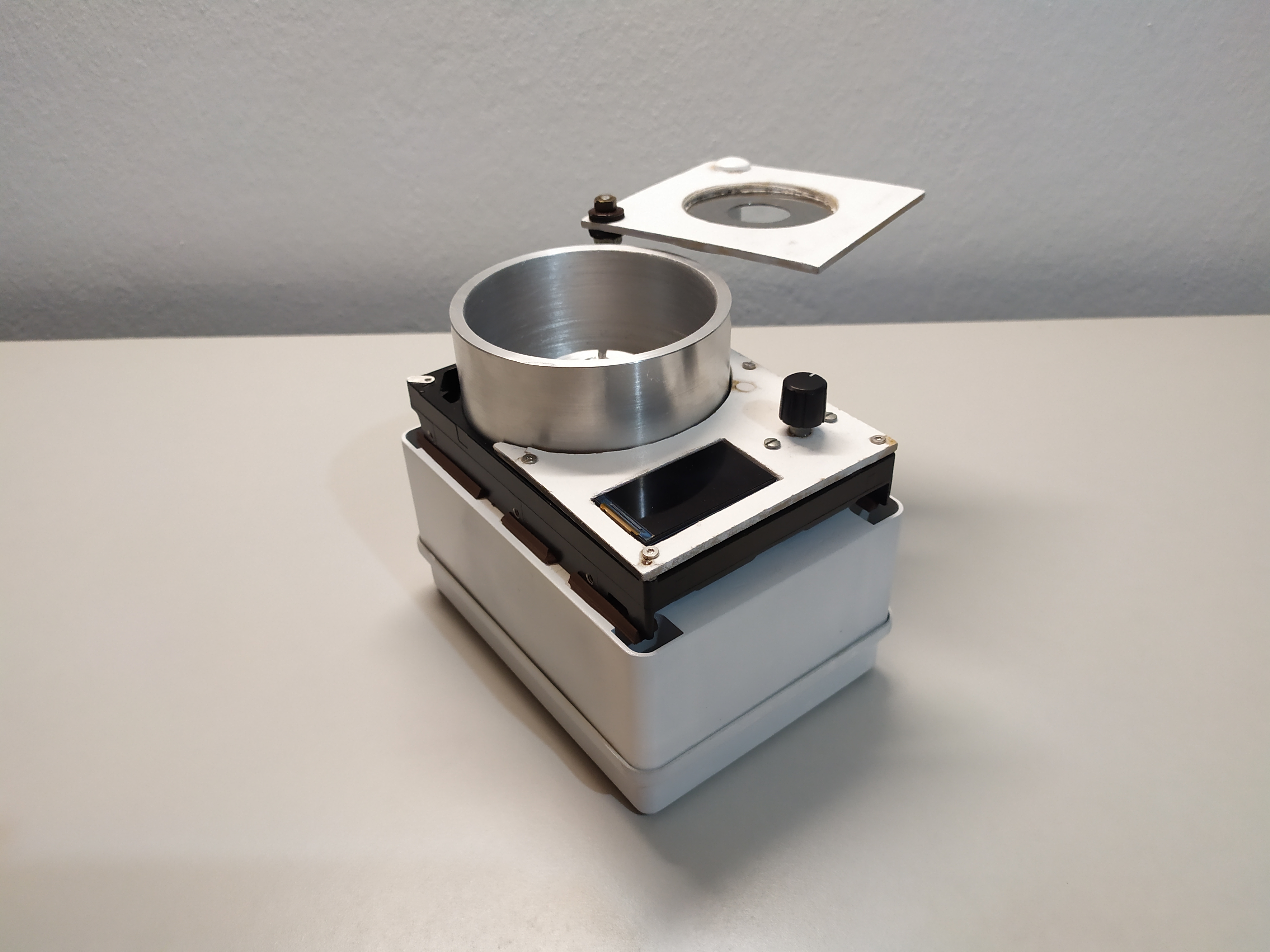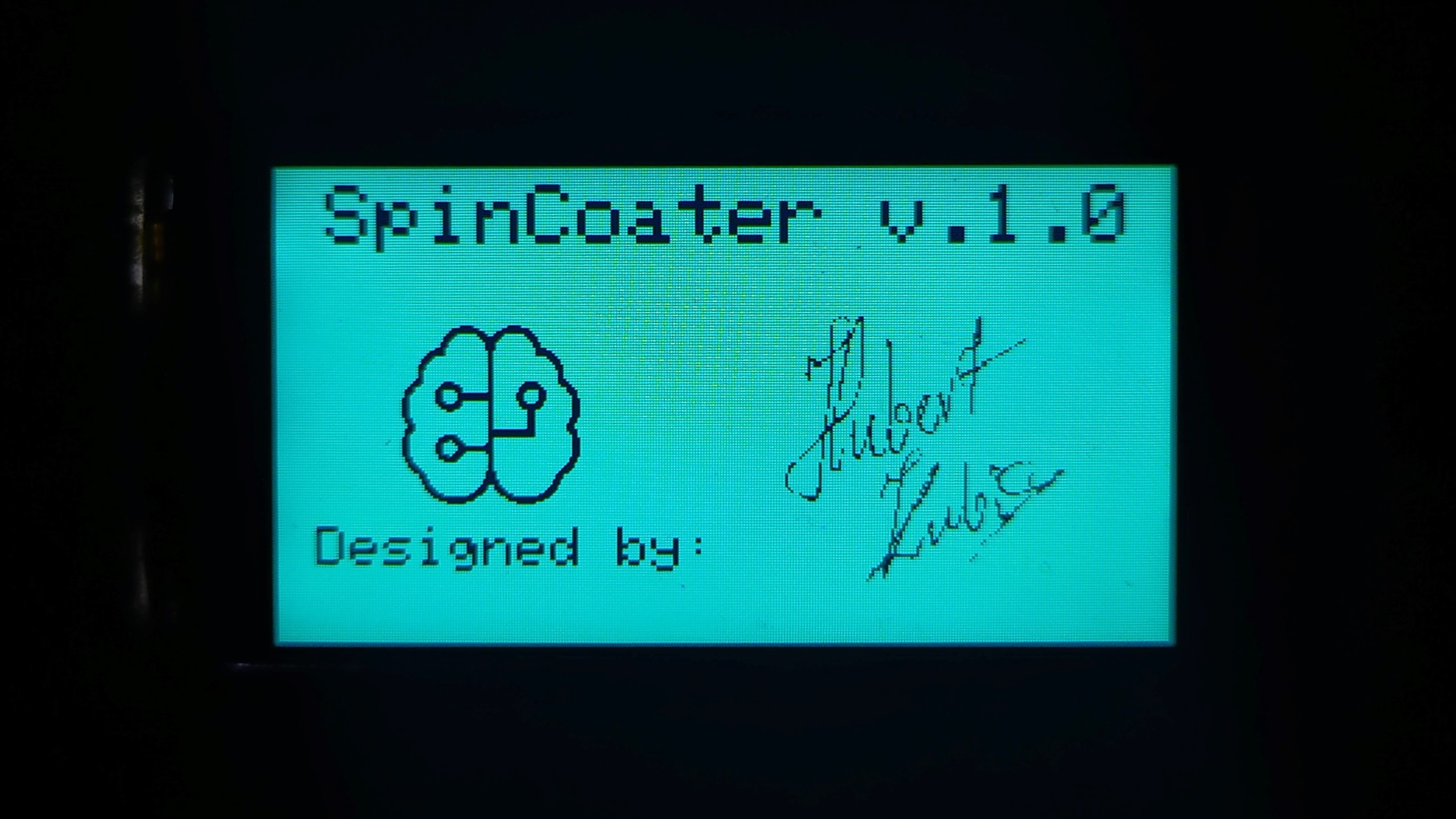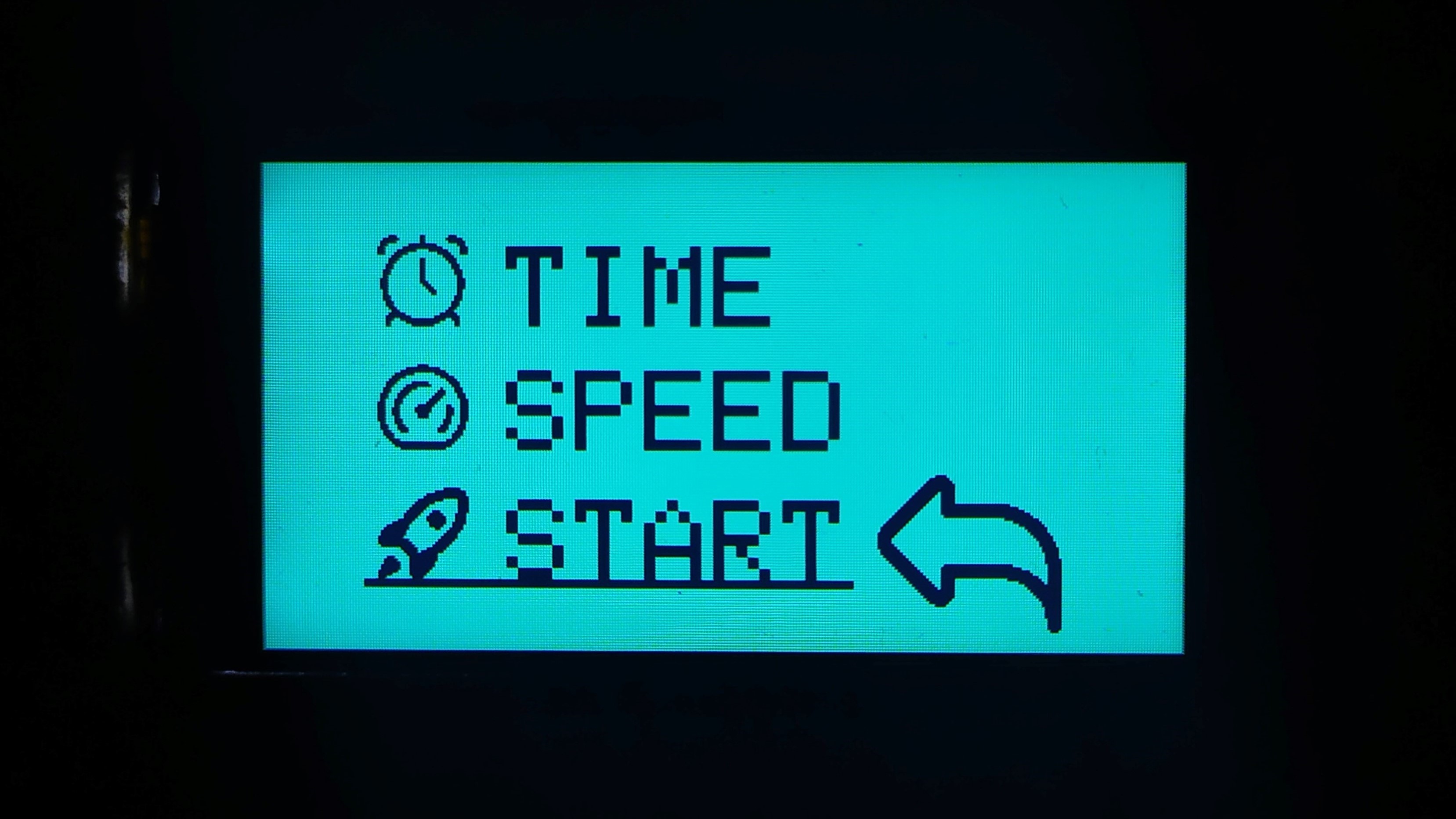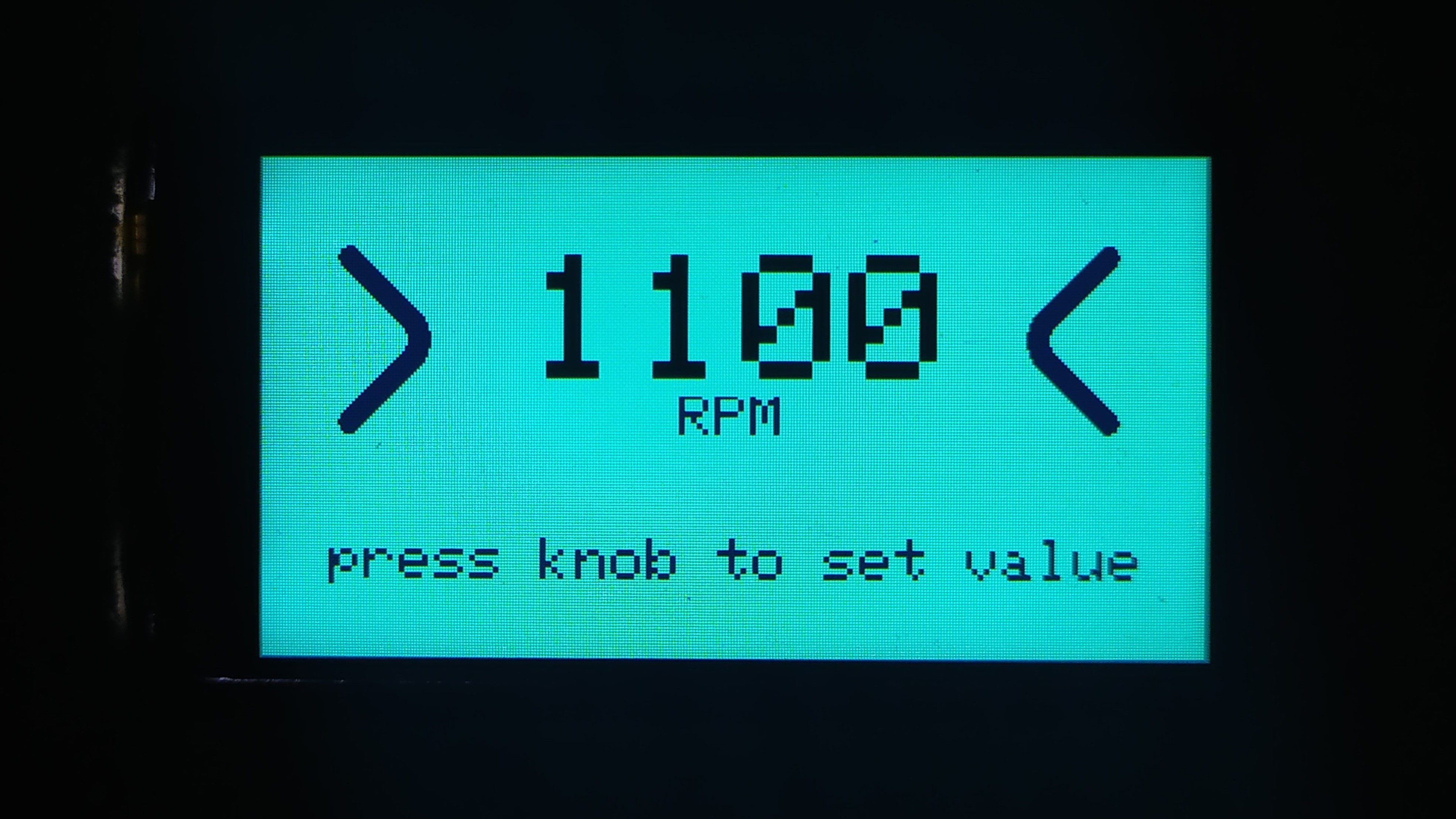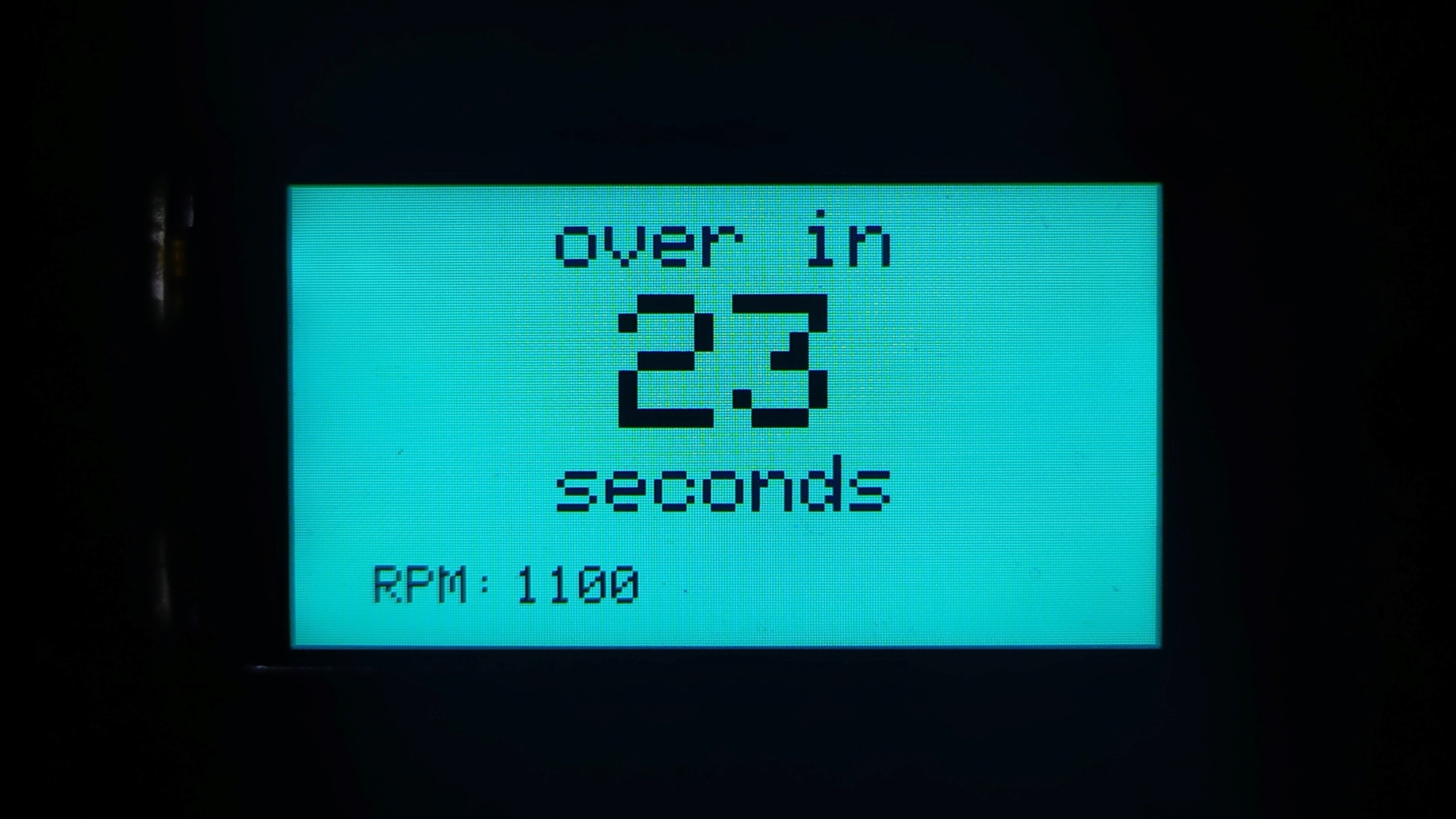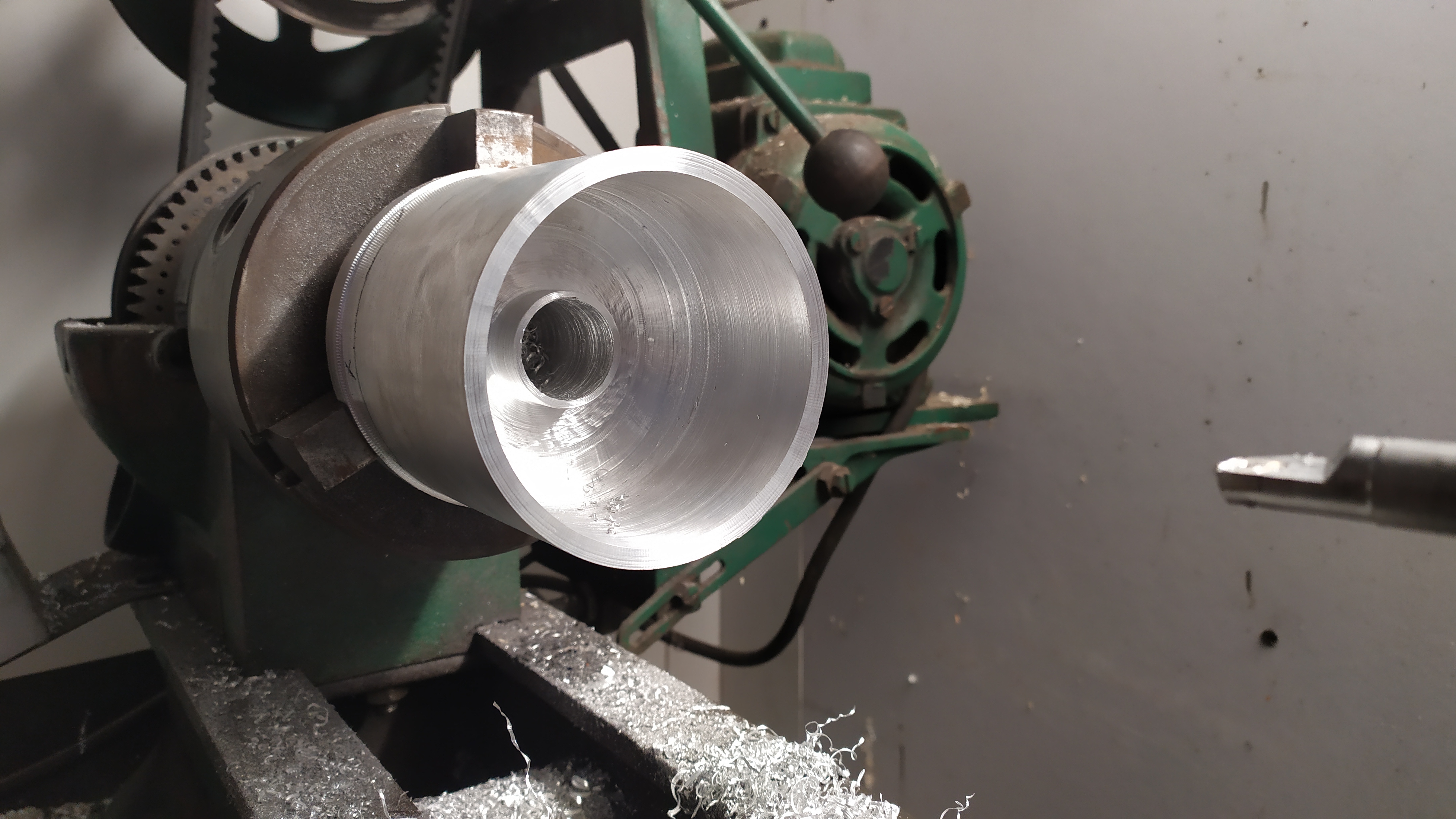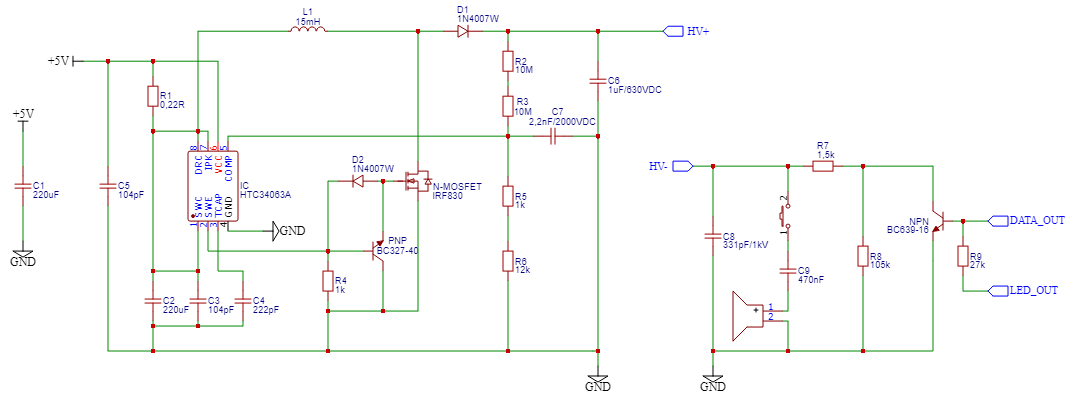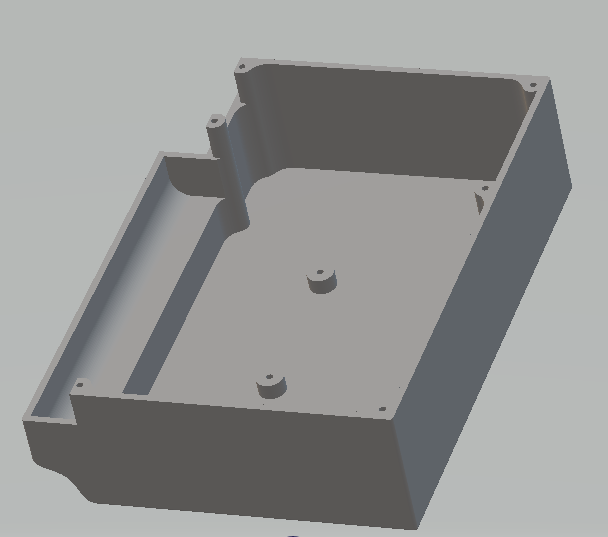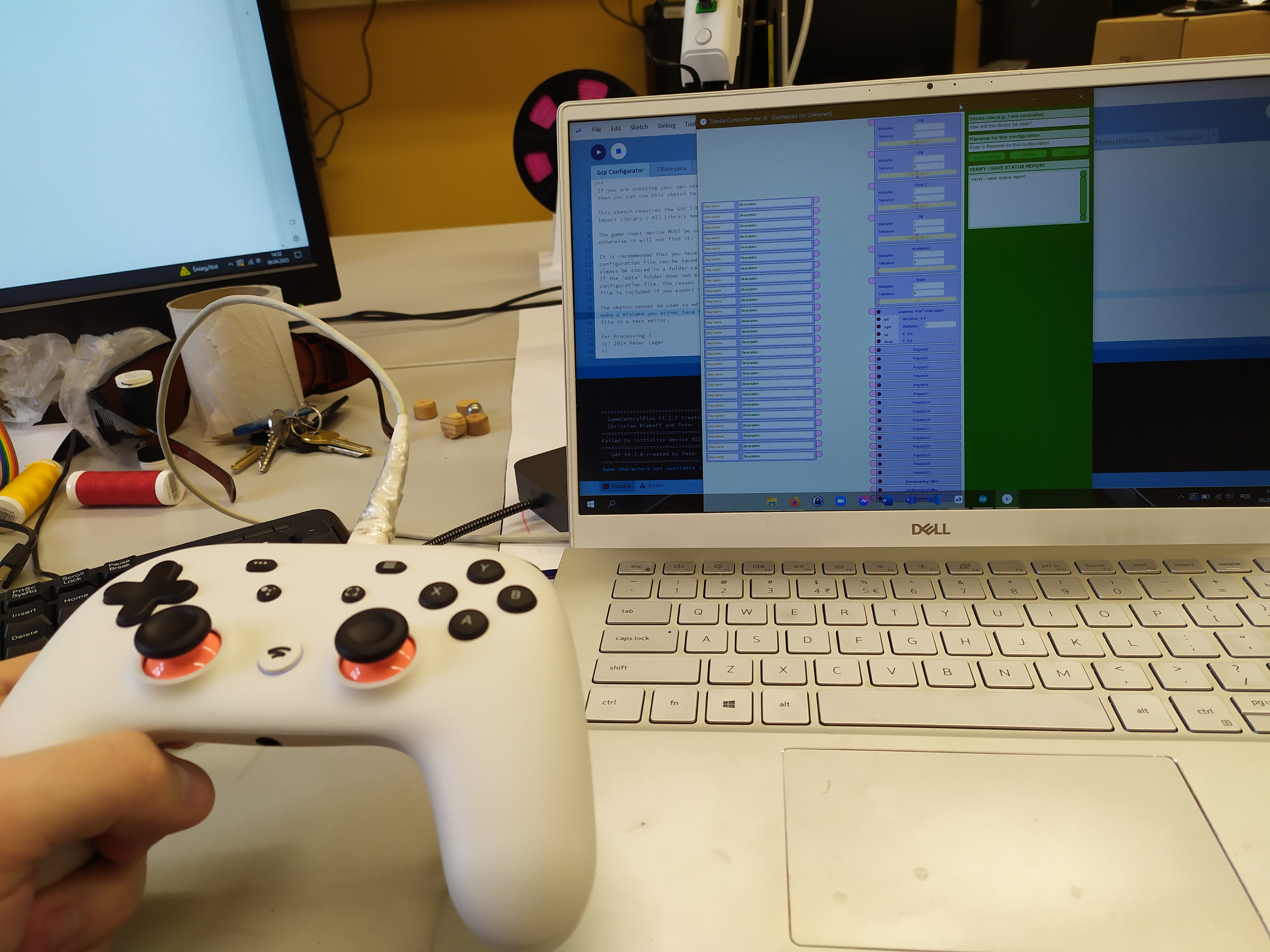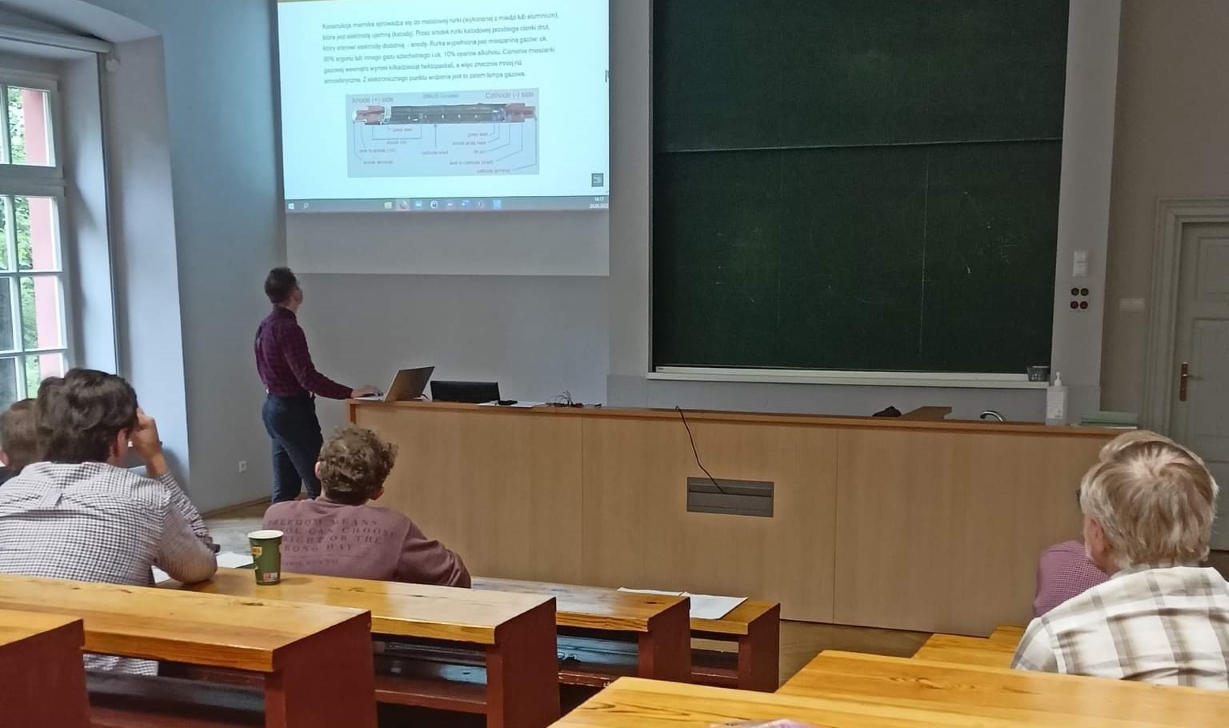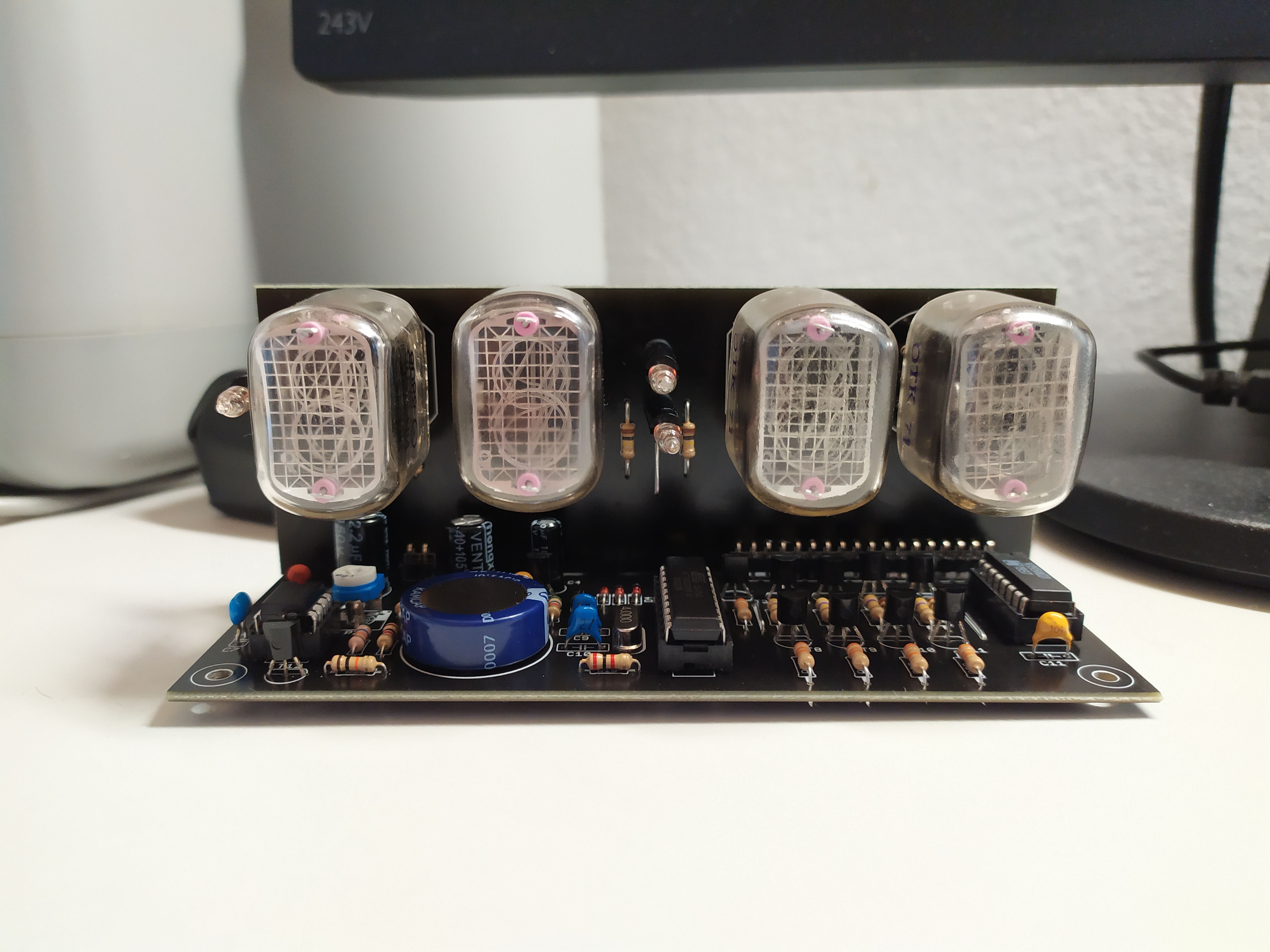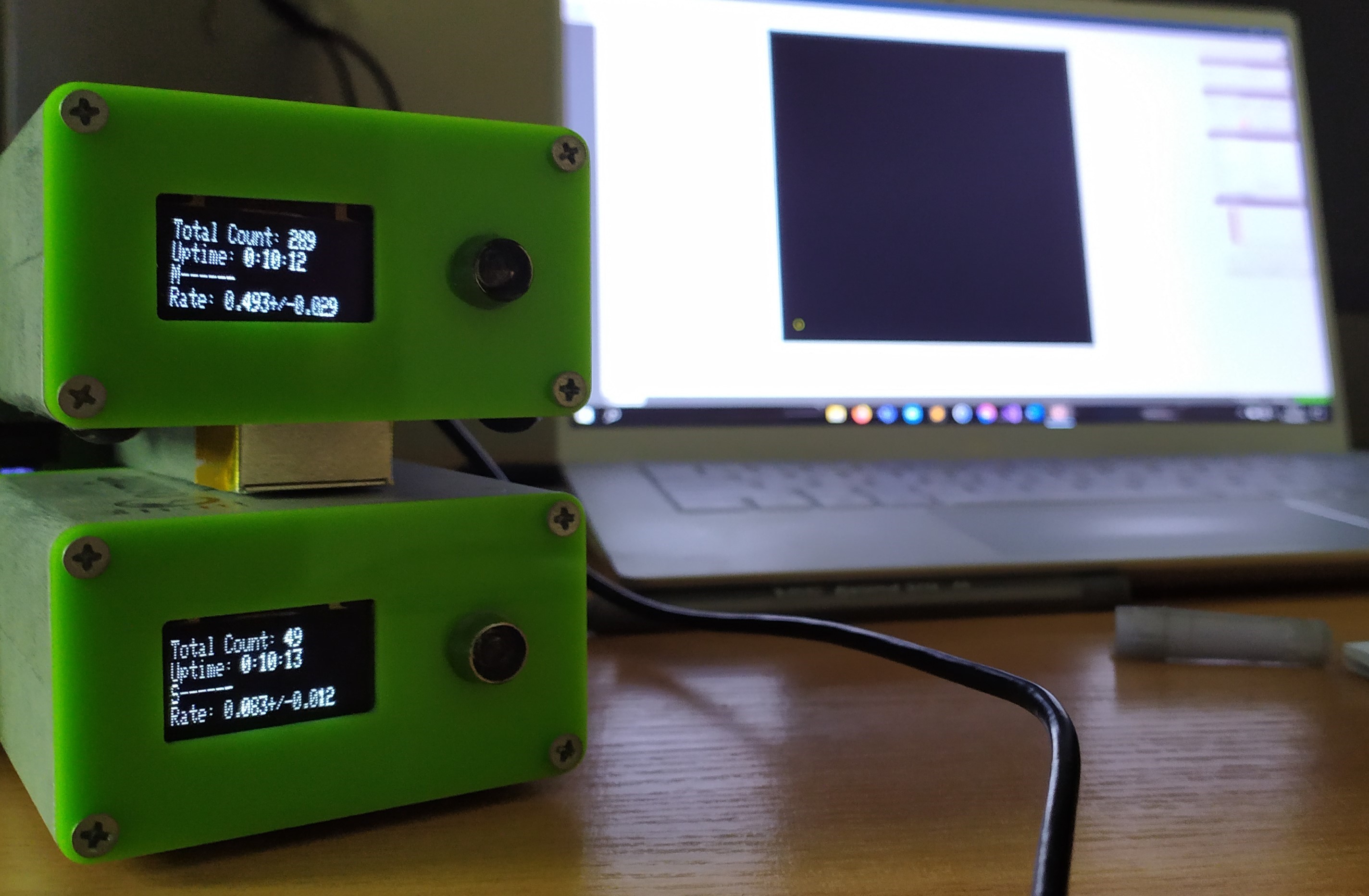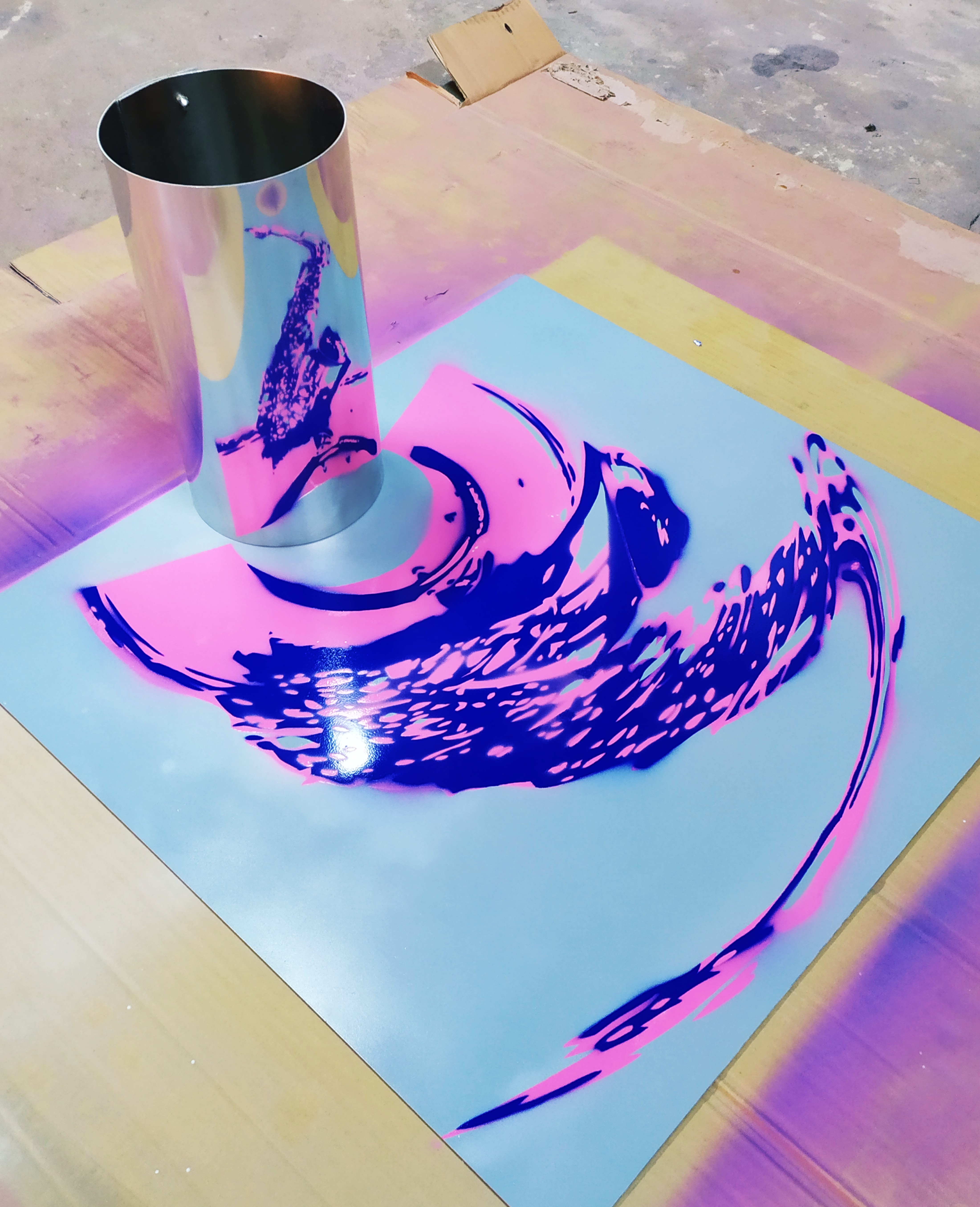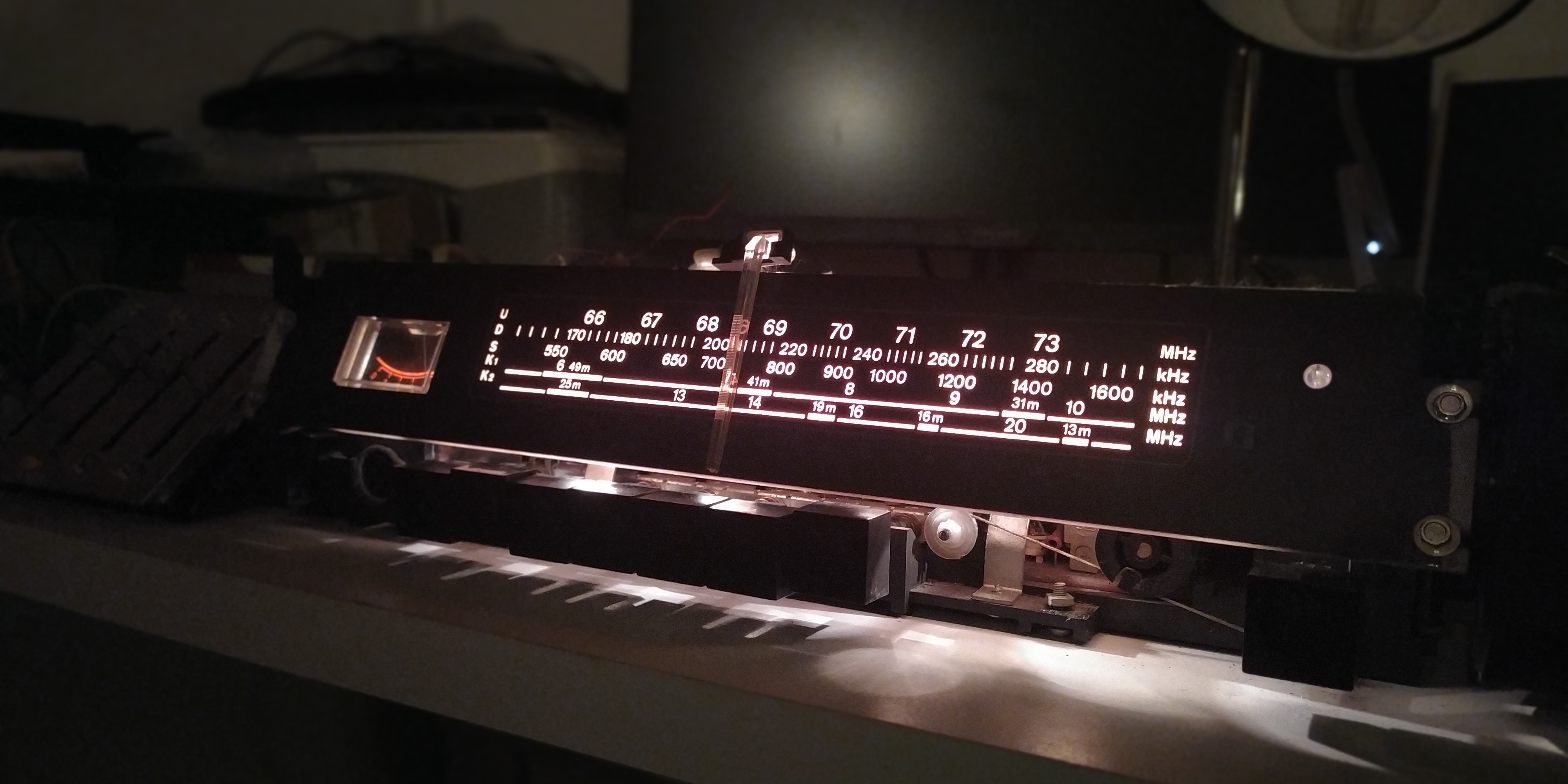CERN
At CERN, I contribute as an intern, software engineer and researcher, tackling the challenge of optimizing data flow between detectors and the central data center. My role focuses on exploring the feasibility of implementing cutting-edge High-Performance DAOS storage in DAQ Dataflow to enhance this critical process.
- I optimized data flow for data acquisition systems by leveraging high-performance distributed asynchronous object storage (DAOS) and migrated a main project to a modern testing infrastructure, emphasizing performance testing, code refactoring, documentation updates, and execution on high-performance computing Intel's and HPE's clusters.
- I have developed proficiency in C++ programming techniques — particularly for multi-threaded, concurrent applications and utilize scripting with Python and Bash, alongside tools like CMake, VSCode and Git to streamline development in a Linux server environment.
- Additionally, I support system administrators with technical maintenance tasks in the server room, gaining hands-on expertise with critical infrastructure.
Academic Computer Centre CYFRONET AGH
As a systems engineer in a data center, I had the privilege of personally working with some of the largest and most advanced computing systems in Poland.
- Over 70 TB of RAM, storage drives with a total capacity exceeding 2.5 PB, and kilometers of fiber-optic, Ethernet and InfiniBand DAC cabling have passed through my hands. I was directly involved in the daily maintenance of high-performance computing (HPC) and data storage infrastructure, ensuring its reliability and efficiency.
- I conducted the initial research for integrating the Nextcloud tool into the existing infrastructure, which was later successfully launched commercially. Additionally, I researched and implemented the TACACS+ protocol combined with LDAP for internal management of network devices from CISCO, Juniper, and HUAWEI.
Spin Coater Project
This project, created as part of my engineering thesis, earned the highest possible score and recognition from my university’s departmental authorities. Its effectiveness exceeded all expectations, and the results will be featured in a scientific publication in a technical journal in 2025.
- I designed and built the spin-coater entirely from scratch, taking the project through every stage — from conceptualization, electronics design and software development to case design, GUI implementation, and final assembly of custom-made components. The device was developed as a test of a budget-friendly solution for laboratory applications while adhering to the 3R principles: Reduce, Reuse, Recycle.
- The spin-coater operates on the principle of apparent centrifugal force generated by an HDD drive motor. By placing a sample and a micro amount of fluid on the spinning disk, the force evenly spreads the fluid into a thin, microscopic layer across the sample's surface.
- This versatile device demonstrates its potential in applications such as creating micro-organic coatings, which can be tested for their utility in OLED development.
Geiger Counter Project
In a student research club, I took over an early version of a Geiger counter with no documentation, reverse-engineering it to resolve critical design flaws and bring it to a fully functional.
- The project evolved over two iterations. The first version utilized a Raspberry Pi controller with Python-based software to display real-time radiation graphs on a screen. The second iteration transformed the device into a standalone, portable unit powered by AA batteries. This version, built around an Arduino and programmed in C, featured an LCD display, a custom 3D-printed case and compact usability.
- The device accurately measured background radiation and revealed elevated levels in a university building. Further investigation traced the source to radioactive materials stored for scientific purposes in the 1980s. This project earned 3rd place at the departmental session of scientific clubs.
Cracow University of Technology
An engineering-focused education where I led projects, drove practical research and collaborated with peers to create functional solutions.
- I graduated with a degree in engineering physics, where I developed a strong foundation in both theoretical and practical aspects of the field. As president of the university’s physicists' scientific club “KWARK” (eng. Quark), I took the initiative to grow the club, expanding it from just three members to twelve, fostering an environment for collaboration and innovation.
- Under my leadership, the club thrived, and together we participated in university scientific circle sessions, consistently earning high placements. We realized projects like the Geiger counter, NIXIE tube clock, smart garden or wave machine, and more — each one pushing the boundaries of our resourcefulness and engineering skills.
- As part of a summer internship at the Institute of Nuclear Physics, I deepened my technical expertise by learning the principles of scintillation detectors using SiPM diodes (silicon photomultipliers) and exploring particle detection capabilities with CMOS sensors.
- I actively sought funding from the university to support new projects, including research toward constructing a scanning tunneling microscope (STM), demonstrating my ability to drive ambitious initiatives. My studies also involved being speaker in topics such as radiation and astronomy, including a project on pulsar clocks, which explore time synchronization based on tracking pulsar stars and their precise spin periods.
- Additionally, I participated in a promotional video for the physics department and the study of technical physics, further highlighting my engagement with both the academic and practical sides of the field.
Other projects
In my free time, I enjoy tinkering with a variety of projects that blend electronics, mechanics and even artistic creativity. These activities allow me to explore unique ways of solving problems and creating something meaningful.
-
National Contest Winner: “Seeing Mathematics”
I won 1st place in the national contest “Seeing Mathematics,” which aimed to make mathematics more approachable and engaging for children and young people. My project showcased the phenomenon of anamorphosis — an artistic technique involving the intentional distortion of an image that can only be understood when viewed in a curved mirror.Stencil graffiti based on geometric deformation grids depicts the anamorphosis of my saxophone. The combination of street art, unusual form, and colors invites viewers to see mathematics as vibrant and exciting.
-
1980s Amp Receiver Restoration and Modification
Among my many projects, I restored and upgraded a vintage amplifier receiver from the 1980s. The modifications included retuning the radio from the outdated VHF OIRT band (66–74 MHz) to the modern CCIR band (87.5–108 MHz), installing new connectors, and replacing capacitors. I also repaired broken components like buttons, knobs, and the frequency range table link. To bring it into the modern age, I added a Bluetooth module for streaming music from a phone, giving the device new life while preserving its classic charm.
Management Methodologies
- Agile Project Management
- Scrum Framework
- Kanban Workflow Optimization
Networking and Infrastructure
- Protocols: TCP/IP, ISO/OSI, Ethernet
- Hardware: Fibre-optic, InfiniBand
- Systems: CISCO, Juniper, HUAWEI
Software and Design Tools
- PCB and Circuit: EasyEDA, KiCAD
- CAD Software: AutoCAD
- Development Env: Visual Studio /
VS Code - Conceptual Design: Paper Prototyping
Development Environments and Tools
- Operating Systems: Linux, Windows
- Programming Languages:
C/C++, Python, Bash - Version Control and Build Systems: Git, CMake
Craftsmanship and Practical Skills
- Fine Work:
Soldering
(including SMD), welding - Material Processing: Cutting,
grinding,
lathing, maintenance - Fabrication: Woodworking, metalworking
Contact
Looking for a resourceful engineer to bring your ideas to life?
Let’s connect. Feel free to reach out to me at:
